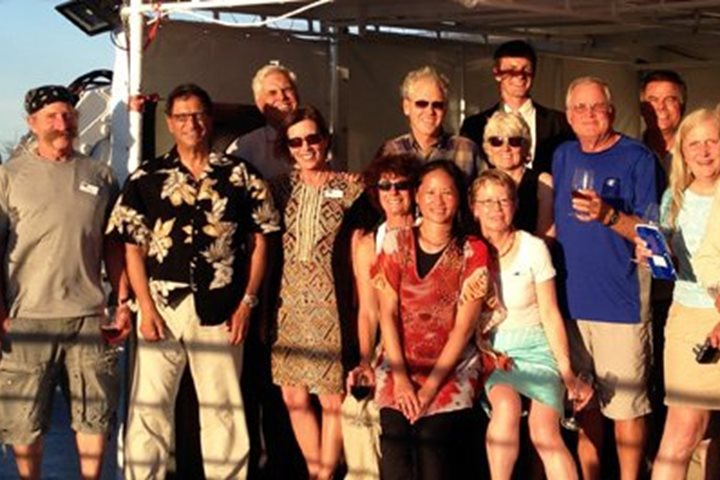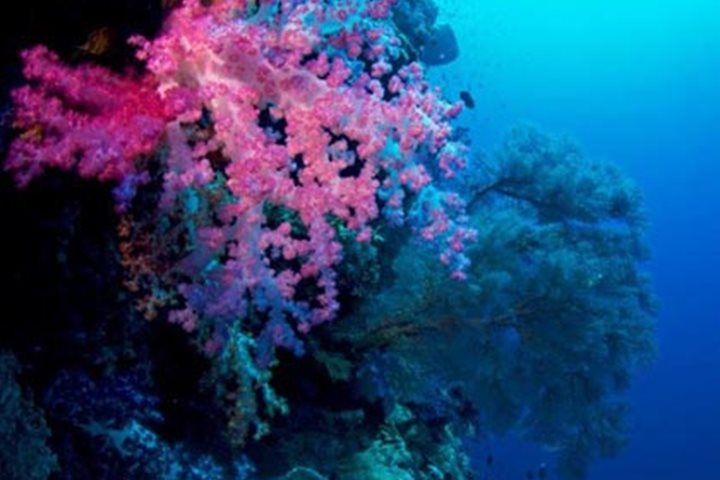After four incredible days in Raja Ampat, the National Geographic Orion slipped into the picturesque McClure Gulf to visit the small kampung (town) of Kokas. After the official greetings, we were rewarded with a series of cultural dances. Dressed in traditional ikats, the performers proudly displayed their unique culture through song and dance.
Next was an exploration of Kokas on foot, led by our illustrious expedition team. One of the highlights of the walk was being invited into the town’s mosque by the imam. About 85 percent of the population of Kokas is Muslim with a small percentage following Christian beliefs. It was wonderful to see such a peaceful community where both religions can live side by side so harmoniously.
Further up the hill we had the opportunity to stop and walk through the Japanese World War II tunnels. Constructed by civilian mining engineers, the tunnels were designed to take direct hits from 2,000-pound rounds fired from U.S. naval battleships.
After another sumptuous lunch onboard we jumped back into the Zodiacs to see some indigenous Papuan rock art. Hematite petroglyphs of animals and hand stencils dotted the weathered limestone caves. It is estimated that this art work dates back 6,000 to 7,000 years.
With the Zodiacs venturing deeper into the limestone maze, we arrived at a large area of sea grass farms. The sea grass is harvested, dried and then sold to many of the outlying towns and cities. This in turn provides the local village with a secure and reliable income.
To finish the day we were met by a Zodiac hidden in a small alcove offering ice cream treats. What a way to end an already amazing day deep in the wilds of West Papua.







